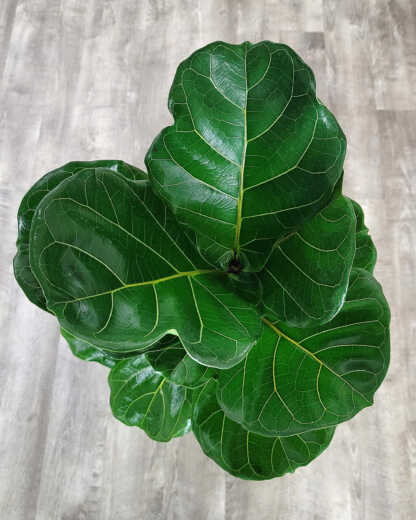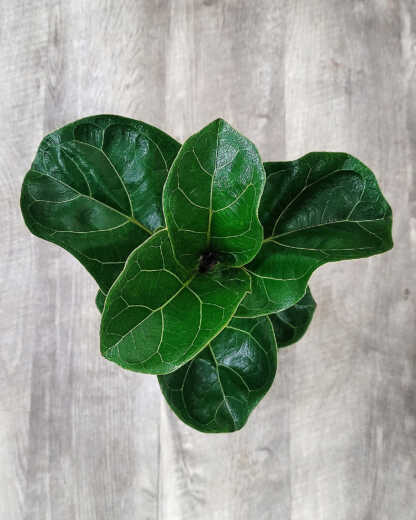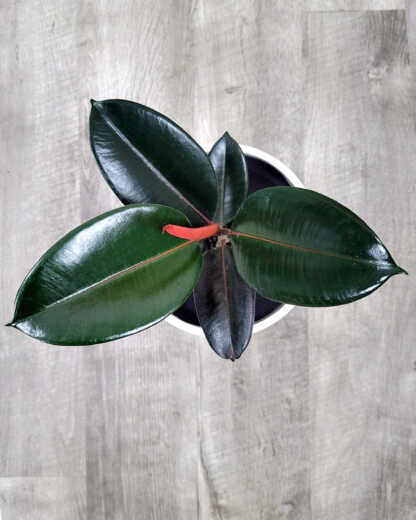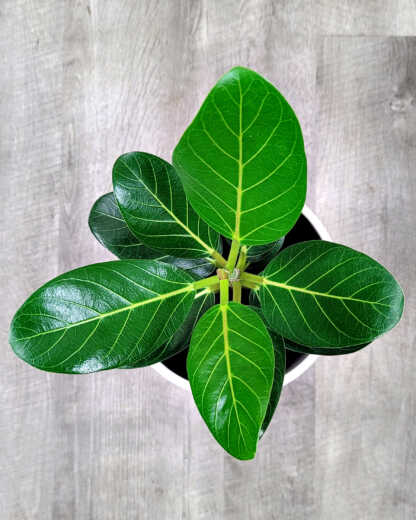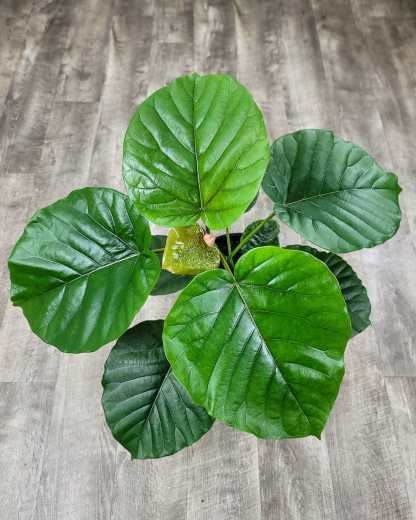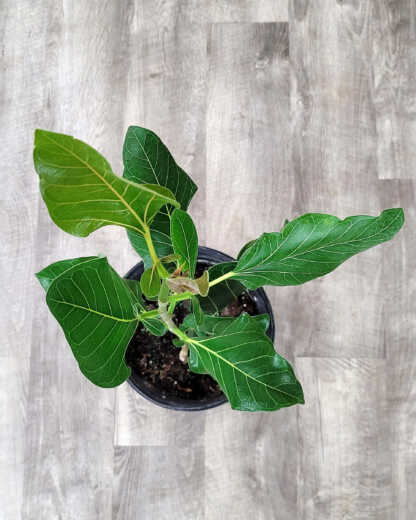Ficus Varieties
Ficus Trees at a Glance
Ficus trees are a genus of plants that belong to the family Moraceae, which includes about 850 species of trees, shrubs, and vines. Ficus trees are native to tropical and subtropical regions of the world and are commonly used as indoor or outdoor ornamental plants. They are known for their distinctive aerial roots, smooth bark, and glossy, dark green leaves. Ficus trees are relatively low-maintenance plants, but they can be sensitive to changes in light and water conditions.
The History of Ficus Trees
Ficus trees have a long and interesting history, with many species being revered and used by humans for various purposes for thousands of years. In ancient times, the fig fruit was an important food source for many cultures, and certain species of ficus were also used for medicinal purposes.
Ficus trees are also steeped in religious and cultural significance. In Hinduism, the banyan tree (Ficus benghalensis) is considered sacred and is often associated with the god Vishnu. In Buddhism, the bodhi tree (Ficus religiosa) is said to be the tree under which the Buddha achieved enlightenment. This tree is still revered by Buddhists and is often planted near temples.
During the colonial era, ficus trees were introduced to other parts of the world, including Europe and the Americas, for their ornamental value. Today, ficus trees are popular indoor and outdoor plants, with many different species and cultivars available. They are valued for their unique and striking appearance, as well as their relatively low-maintenance care requirements.

